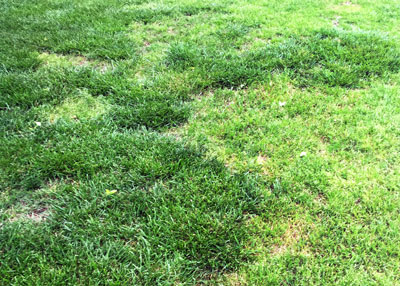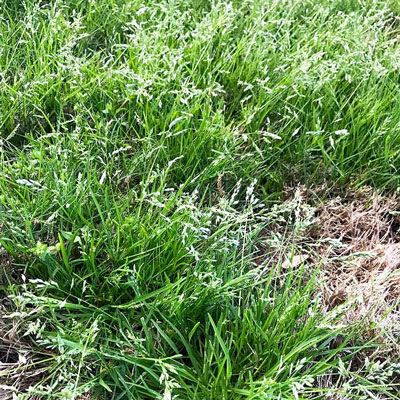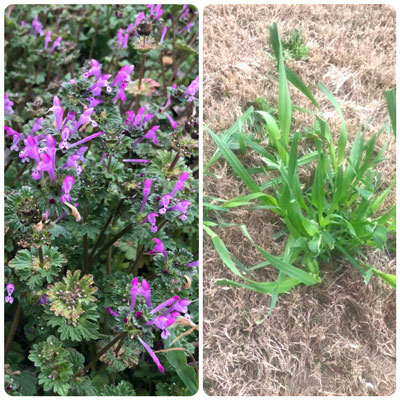Prime Time for Pre-emergents

I want to make this as understandable as possible. Let me put it in bullets in a logical sequence. I’m going to try to keep it simple (only way I can understand it myself).
• We’re talking only about annual weeds – those that sprout up from seeds every year.
• Some annual weeds grow in the spring and summer. They’re warm-season weeds. That list includes crabgrass and grassburs.

• Some annual weeds germinate in early fall (very soon now) and are a problem in winter and early spring. We call these cool-season weeds. These are the ones we’re talking about here, and they include annual bluegrass, rescuegrass and ryegrass.

• Annual grassy weeds in lawns can only be prevented. They cannot be killed once they are growing without doing harm to the permanent lawngrass.
• To prevent the winter/spring annual grassy weeds you need to apply pre-emergent weedkiller granules before they start growing. That means between August 25 and September 5 in northern two-thirds of the state and a couple of weeks later in South Texas.
• Their seeds sprout once temperatures start to fall into the 60s, once days get shorter and once fall rains commence. And once they have started to sprout it’s too late to treat.
• The most common pre-emergents available in the market are Dimension, Halts and Balan, although others are sold.
• Don’t be surprised if these are labeled as “Crabgrass Preventer.” They’re the same products that are used for that purpose with two spring applications, one in early March and one 90 days later in early June.
• These products are readily available in early spring, less so in late spring, and much less so now. But, as I’ve been telling you here for the past month, your local retailers can order them in for you. Check with your favorite independent retail garden center, local hardware store or feed store. National box stores are least likely to stock them.

• You will hear mention made of annual bluegrass developing a partial resistance to those three pre-emergents and others from that same category. However, while turf producers and commercial applicators have access to several good alternative products, those products do not have homeowner labels.
At this time, having spent many hours online doing research by reading reports and correspondence from 16 southern states’ ag universities, I do not see a second type of consumer product that could be used as a follow-up somewhere around the first of November.
My best suggestion is that you use one of those three products now for the excellent control it will give for rescuegrass and ryegrass and good prevention of annual bluegrass. Then, if you have some germination of annual bluegrass that still shows up, where you are able, that you spot treat with a glyphosate-only herbicide (in shrub beds, driveways, garden paths, etc.).

• Finally, the non-grassy (broadleafed) weeds that are also a problem in early spring lawns: dandelions, clover, henbit, chickweed, thistles, plantain and others. These also germinate once fall begins. They can be prevented with the pre-emergent Gallery, also applied on or before Labor Day. However, it must be applied separately from the grassy pre-emergent product. It is more expensive, so some people opt just to wait and apply a post-emergent broadleafed weedkiller spray (containing 2,4-D) to the existing weeds as they begin to grow and develop. At least with them you do get a second chance to eliminate them.
• Mow your lawn before applying pre-emergent granules. Water moderately after you apply them. I would wait another week before feeding your lawn with a high-quality all-nitrogen lawn food (upwards of half of the N in slow-release form).
